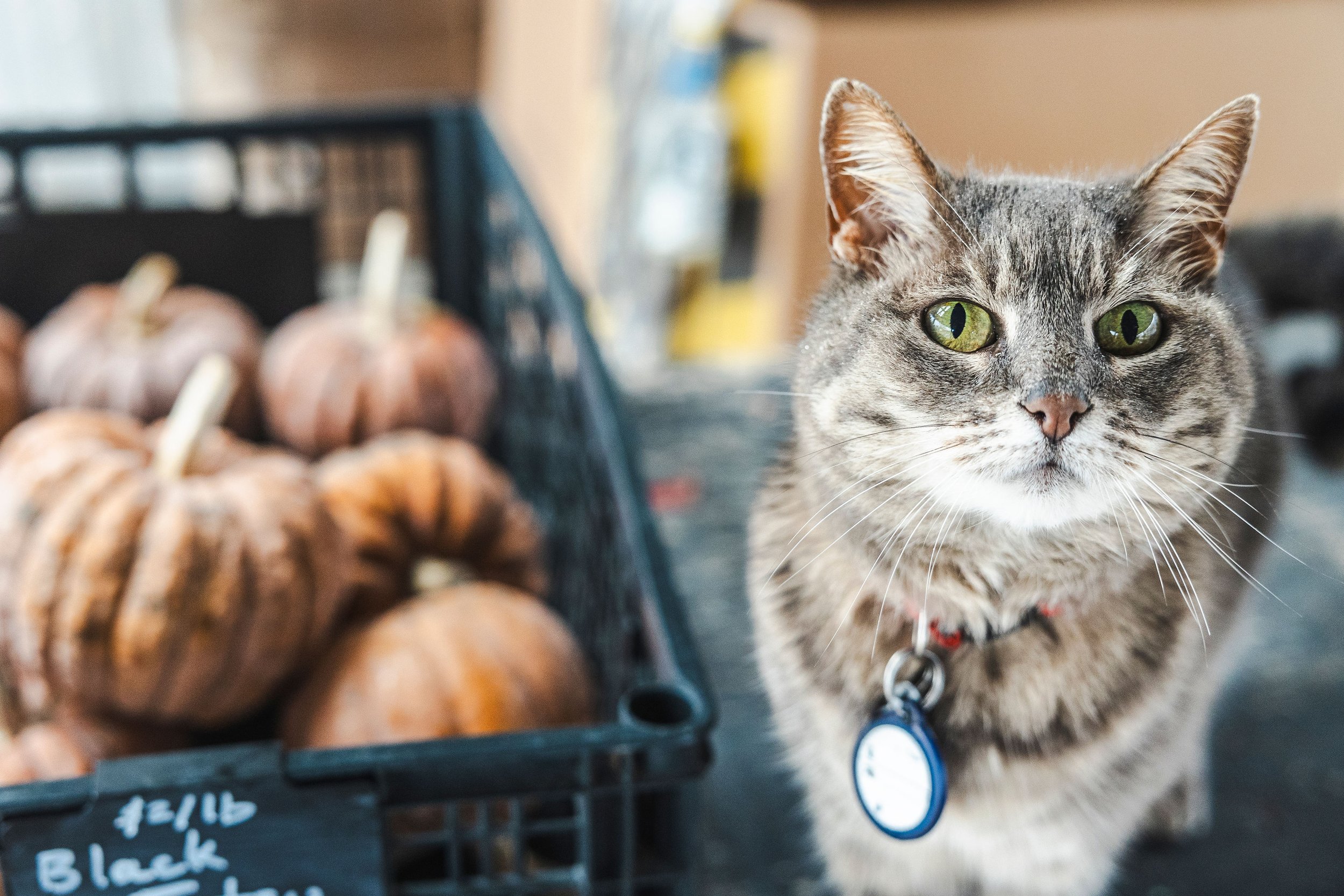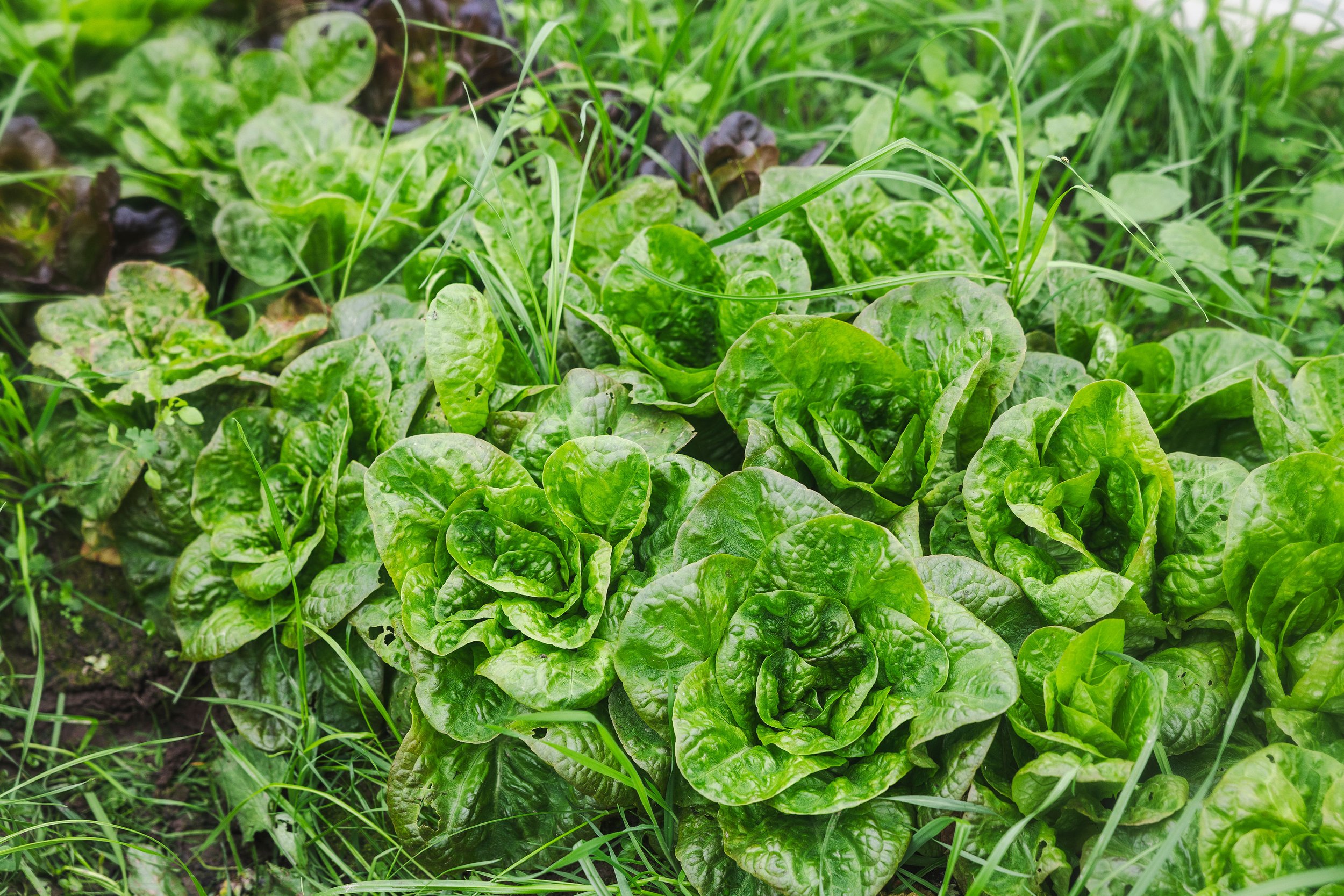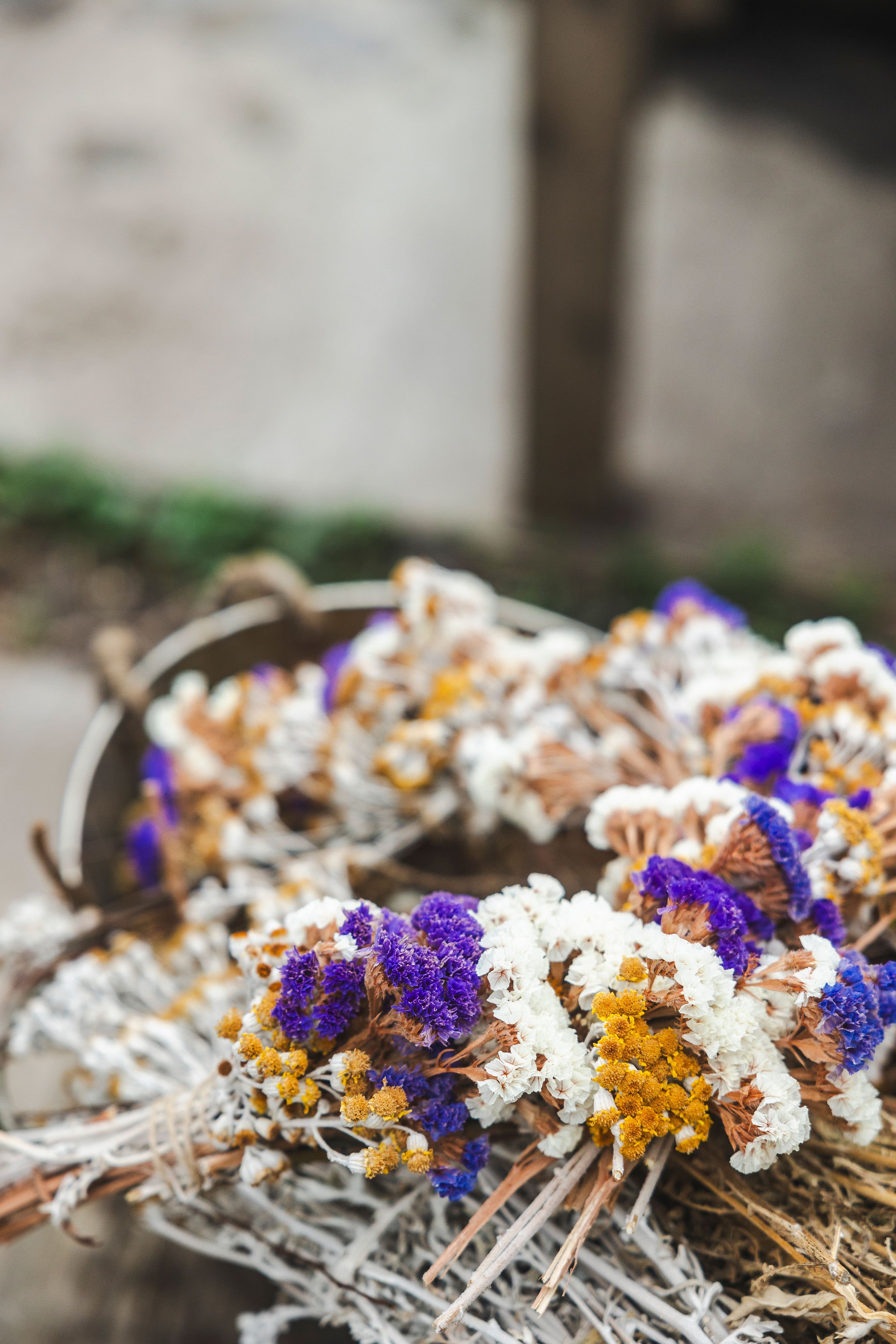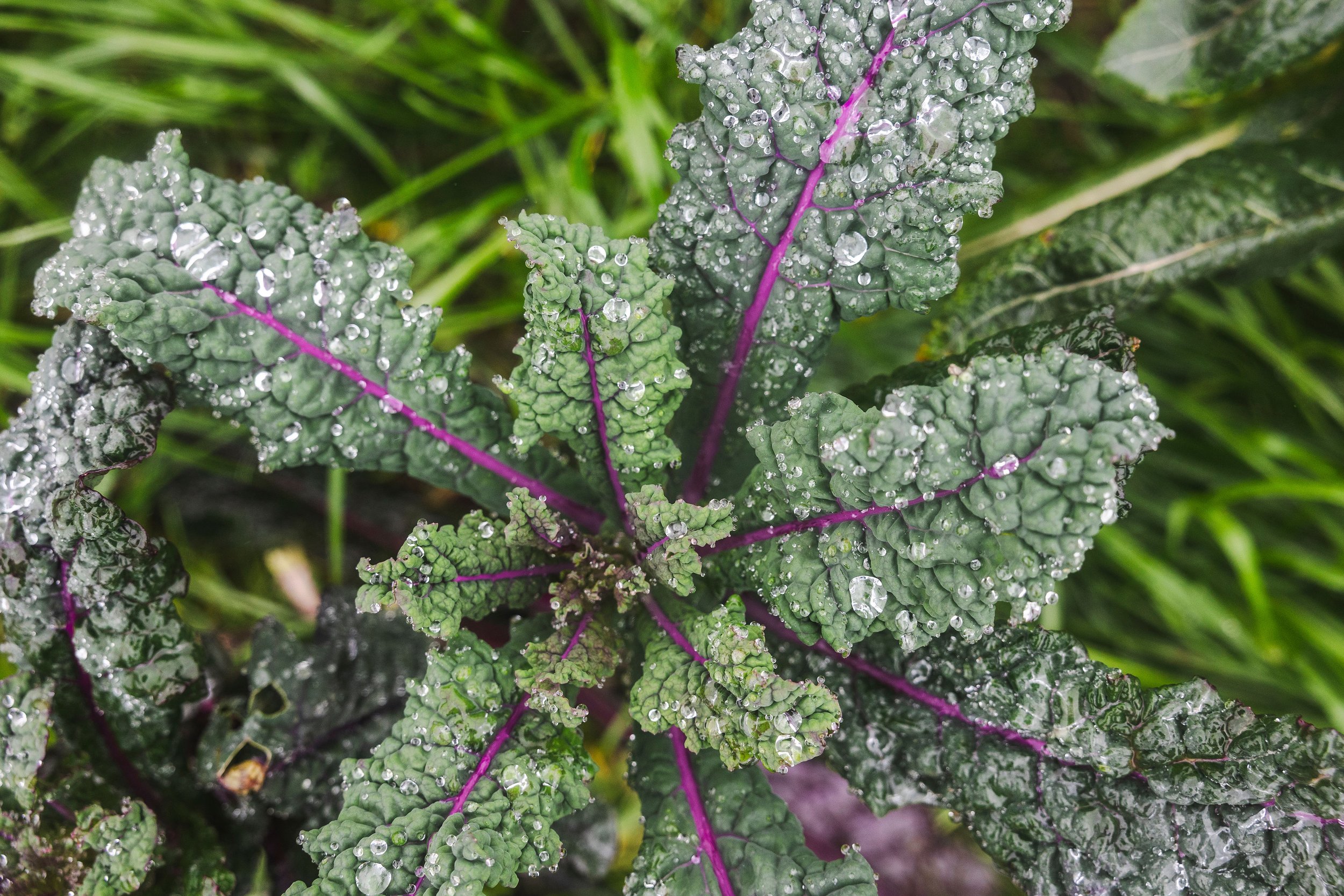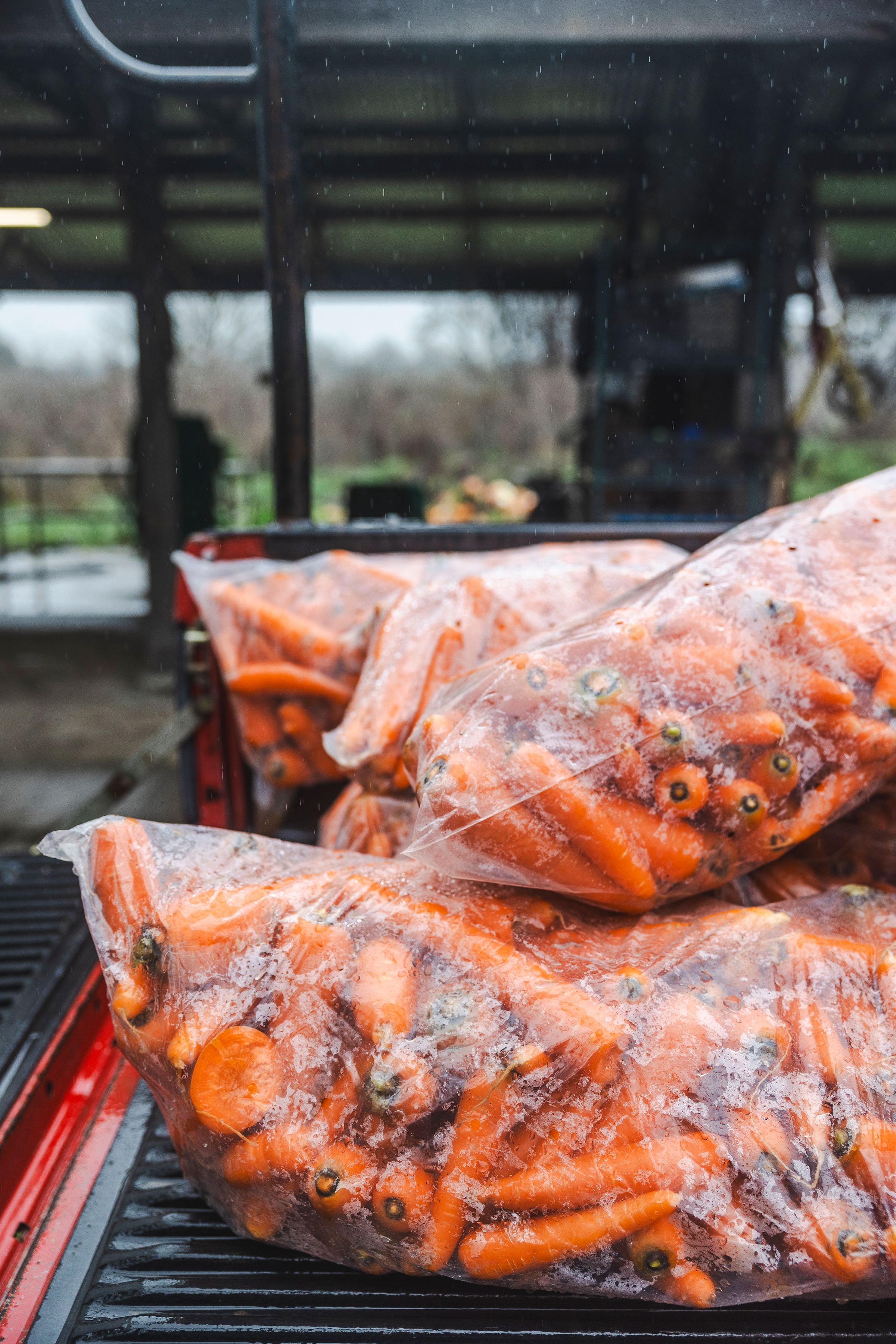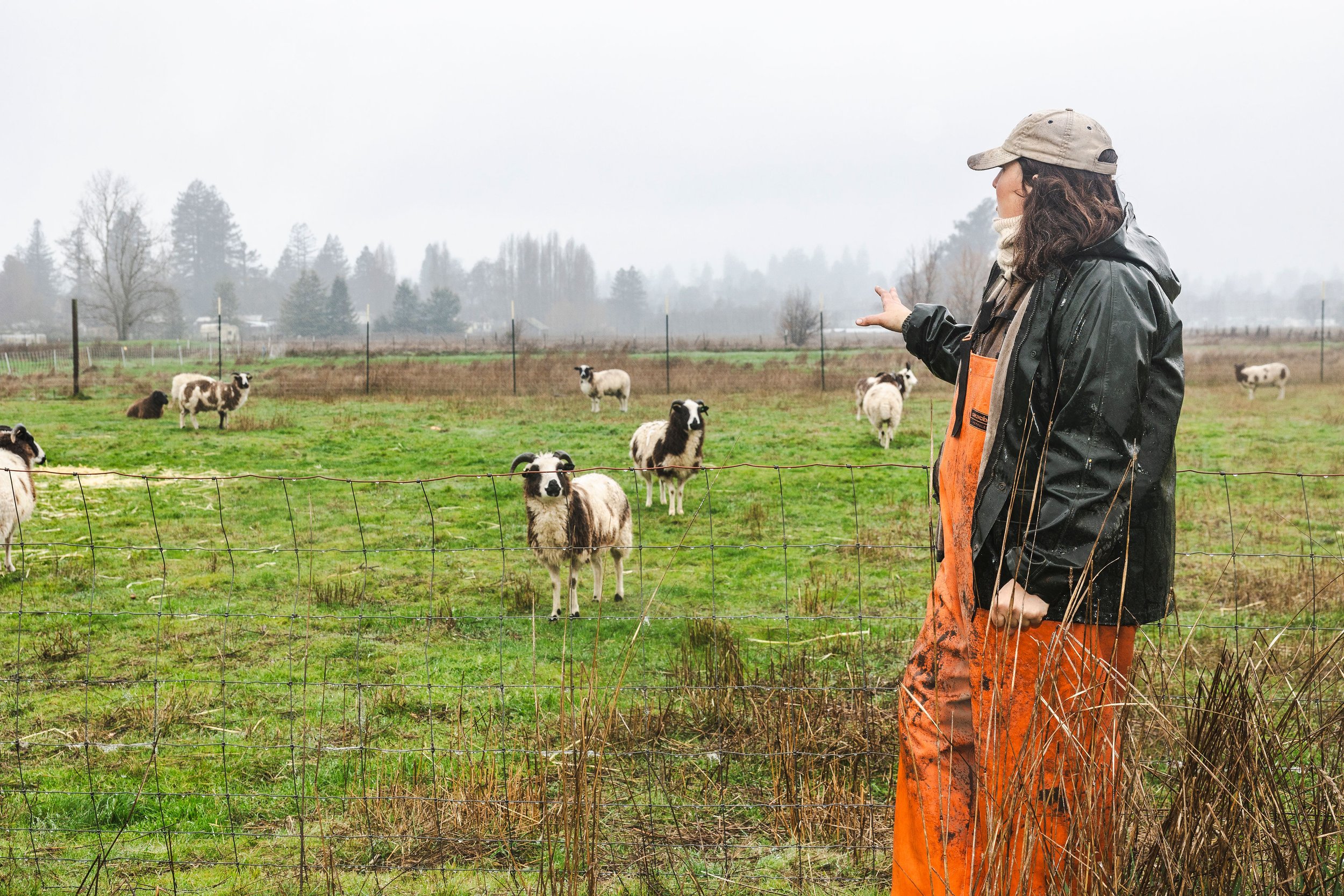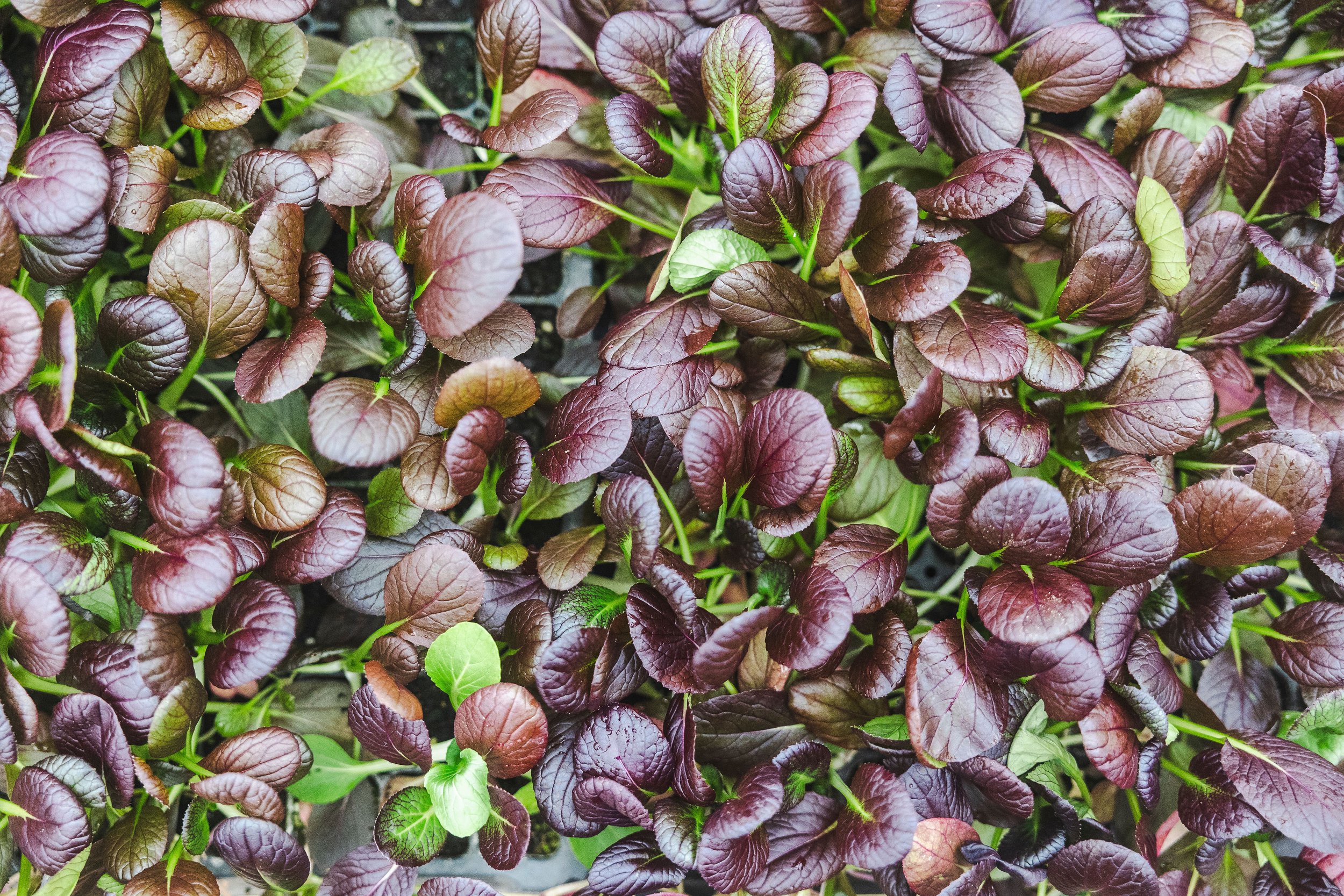Winter Sister Farm, Sebastopol- Est. 2020
Written by Lauren Papalia
Lauren is part of FEED’s marketing team, a writer and part-time farmer
“Everybody winters at one time or another; some winter over and over again.”
– Katherine May, Wintering.
The blessing of farming in the temperate, Mediterranean climate of Sonoma County is that it can be done throughout the four seasons. But after last winter (one of seemingly endless rain and cold), I decided my first winter in the fields would be my last. Farming during these months, the body is spent after days on end trudging through soggy ground in rain layers and heavy boots. There is crop loss, infrastructure damage and plenty of lessons learned. In a word, it is hard. As it turns out, I am, quite literally, a fair-weather farmer. Thankfully, there are much heartier stock than I.
Anna Dozor greets us under the cover of a long, old poultry barn. Anna and her sister, Sarah, own and operate Winter Sister Farm, just outside of downtown Sebastopol. There are farms aplenty in Sonoma County, but the Dozor sisters have filled a niche feeding people during the colder months when the area’s general abundance dips. Their robust CSA program and farm stand (open to the public on Tuesdays and Saturdays!) boasts hearty greens and brassicas and a wide variety of root and other storage crops. There are crates of vibrant Gochu dried peppers, as well as herbs and flowers that can be harvested from the adjacent U-Pick garden. They also sell fiber from a stunning flock of Jacob sheep.
Traditionally, winter is a time for rest. More sleep. Less light. Reflection and contemplation in the low glow of the Persephone Period (when there are fewer than ten hours of sunlight per day). And I get a sense of this touring the farm with Anna (in the rain, naturally!), noticing the large swaths of cover crop, the sodden beds tucked into long hoop houses. It also rings true in Sarah’s newsletter musings posted on the farm’s website, whose themes include sisterhood, amnesia and, fittingly, wintering. But at a closer look, one feels that things are at the same time dormant and steadily vibrating on this farm. Persephone, goddess of both Death and Re-Birth, is in the underworld. But her return is palpable, and everything is creeping toward harvest.
Though Winter Sister’s busy season spans November-May, the farm is in operation year-round. Providing food in winter, after all, requires a great deal of forethought, data-driven strategy and careful calculation to avoid wasting seed and space. Crop planning, Anna says, is precise out of necessity. Late summer and fall harvests bolster tables and menus at the end of a year and into the next. But soon arrives the Hunger Gap (yes, it’s a thing!), Winter’s long shadow from March to May when storage crop supply dwindles and summer’s abundance is just beginning to germinate. And here, in the in-between, I think, lies the essence of cold-weather farming when chemistry and biology merge. Frost does magical things to the sugar levels of cold-hardy varieties, making overwintering an act of fending off the cold by becoming sweeter. It’s all a bit magical, what happens in this invernal period, when these farmers go about changing Winter into a verb.
Winter Sister Farm’s Anna Dozor, in the greenhouse.
Photo Credit: Kelsey Joy Photography
LP (Lauren Papalia): Can you describe your farm, both topographically and in terms of how it operates?
AD: (Anna Dozor): Winter Sister Farm is a five-acre vegetable operation located in south Sebastopol on Coast Miwok and Southern Pomo land. Our farm is low-lying, open, and located right along the Laguna de Santa Rosa, and so is prone to frost, high winds, and flooding. This makes farming in the most extreme parts of winter tricky, to say the least. Our highest ground is very valuable to us, and we have to be very strategic about crop placement.
The organizing goal of our farm is to provide food to our community during the cold, wet, dark time of California Winter and Spring. Our farm offers folks the opportunity to still eat local, delicious, exciting food in the ‘off-season’ and hopefully fill a small gap in our local food system. Farming for the winter does not mean we only farm in the winter; we work hard all summer long to grow staple storage crops (like potatoes, winter squash, onions, beans) to stockpile and distribute in the colder months. We farm all 12 months of the year, but we are actively feeding people roughly November through May. Our primary outlet and the beating heart of our farm is our 130-family CSA program.
Photo Credit: Kelsey Joy Photography
LP: Tell me a little about your path as a farmer?
AD: I have been working in agriculture for about 9 years, starting with dairying and farmstead cheesemaking in New Hampshire and eventually making my way to growing vegetables back home in Sonoma County. My sister Sarah and I started Winter Sister Farm in south Sebastopol just three years ago, focusing on growing food to feed people over Winter.
LP: I loved reading Sarah’s post “On Sisters and Sistering” on Winter Sister’s website. I found the way she talked about your relationship to be incredibly beautiful and honest. What is it like to run a farm with your sibling?
AD: Farming as siblings has been challenging. You can sometimes find yourself becoming a younger version of yourself and reverting to childhood dynamics. But there is also very little ego in our relationship – I can admit my questions, concerns, the holes in my knowledge and know that I am still OK. This honesty and support is endlessly comforting. Plus, we can have a lot of fun. I am constantly reminding myself that folks have been farming with their family for generations and that Sarah and I are in a long legacy of the family farm – the frustrations aren’t new, but the joys are real.
LP: You’ve mentioned that farming in Winter means persevering not only through shorter days, but often wet conditions, flooding and the creep of low morale. Do you feel as though much of this winter slog goes unnoticed by the average person? How do you deal with some of these challenges?
AD: Yes, I think most people simply do not consider where their food comes from at all, whether winter or summer, and all the work and thought that goes into it. This is part of the devaluation of food overall, not just in winter. Thankfully, our CSA members are very sweet with their praises and kind words to remind us that we are appreciated and seen on the wet, windy, muddy days. That helps farm morale overall.
Dried Gochu Peppers
Photo Credit: Kelsey Joy Photography
LP: I’ve recently become completely obsessed with the Persephone period, which at our latitude runs from November to the beginning of February. How do you prepare for this stretch of time when photosynthesis slows to a crawl? How does it affect crop planning?
AD: The easiest way to prepare for the Persephone period is to have robust, happy, full-sized plants going into that time. That means your fall and winter crops need to be seeded and established in summer. There is a date in September after which there is simply no point to seeding any full-sized brassica, for instance. There are a few exceptions to this rule, but that's the simplest way to describe it. We found that having two successions of kale, for example, doesn’t help extend the harvest window through the winter. The one seeded later in the summer just remains smaller and sadder all winter, and then bolts at the same time in spring as its older, healthier counterpart. But when Persephone ends you begin to enter the Hunger Gap – the period of time when storage crops are depleted, overwintering crops are bolting, and spring crops are still too young to eat. That's the real tricky time to feed people.
Photo Credit: Kelsey Joy Photography
LP: I am somewhat ashamed to admit that, despite growing food throughout the years, I’ve never given much thought to the Hunger Gap or, in fact, actually understood how important it is or the planning it entails. Being in these fields, looking at the vegetables that are overwintering, it becomes obvious just how hard the plants and farmers are working. To me, a deep commitment to building and supporting a hyper-local food system means embracing this time and the harvest available. Do you ever feel challenged by consumer expectations which have, perhaps, been distorted by globalization?
AD: On the one hand, yes, there are plenty of people out there who want a tomato in January and don’t know why we aren’t offering that. Those folks can be frustrating. But a lot of our members and customers are foodies, gardeners, farmer’s market shoppers and actually have the reverse problem; they understand seasonality but assume that we won’t have more to offer than potatoes and kale. They don’t realize how much is still possible because they’re not seeing other farmers do it, and they’re maybe not yet familiar with the specific veggies that do the best at this time of year. We are trying our best to show both groups of people that there are a lot of delicious foods that can be grown and appreciated at this time, in this climate, but it might take a little adjustment of expectations and go-to recipes.
Photo Credit: Kelsey Joy Photography
LP: What is your favorite part about farming?
AD: I love how varied and holistic farming is (or at least the kind of farming we do is). While we do have consistencies, there is always something a little bit different happening on the farm. Seasons are always changing, and we have to change with them. And even the most boring tasks only last for so long before you need to move on to the next thing. Farming keeps you moving and on your toes! Plus, you get to be in nature while you do it.
LP: What do you like about working with FEED Cooperative?
AD: Our primary market is our CSA, but FEED allows us to grow more of the crops that work well for our systems than the CSA alone would need. We also love being able to reach a little further into our community than just the people who are able to make it out to our farm. FEED also helps drive increased revenue through the sale of our storage crops.
Photo Credit: Kelsey Joy Photography
LP: What’s something you wish more people knew about farming?
AD: I wish people knew how mentally demanding it is! People assume farming is really physically and financially difficult (which it is, don't get me wrong!), but I think the general conception is that it's quite simple or emotionally easy. That, even though it's tough on the body, farmers must be relaxed mentally. But in reality, farming actually requires so much logic, knowledge, attention to detail, troubleshooting, re-assessing and prioritizing, and constant desire for more efficiency and better systems. It's all very strategic, which can be stressful. There are so many beautiful rewards to farming, but simplicity and ease are not the main ones. I consider myself a smart enough person and farming is the most intellectually demanding thing I've ever done.
